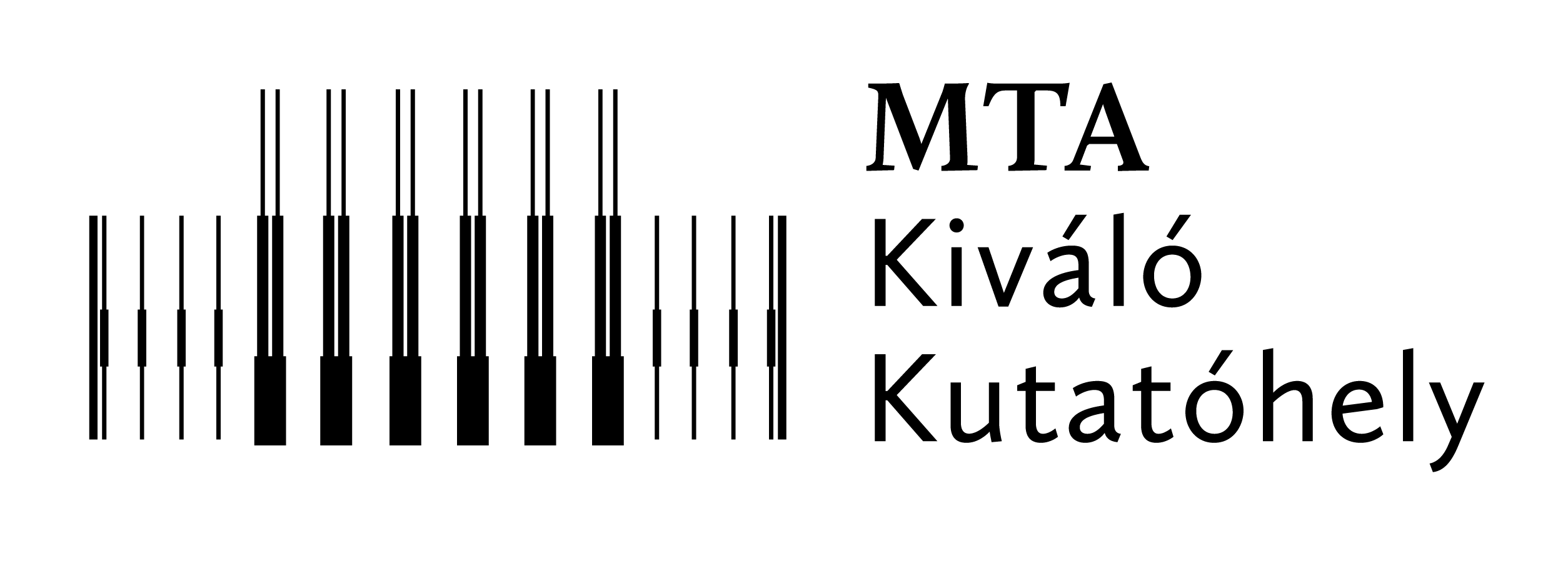Előadó: Yasir Iqbal (Indian Institute of Technology Madras (host: Penc Karlo))
Előadás címe: Quantum spin liquid physics on a novel square-kagome lattice material
Dátum: 2021. december 14., 10 óra
Helyszín: 1-es épület Tanácsterem, illetve online: https://wigner-hu.zoom.us/j/95473802970?pwd=R0VqZnlSUmNTUWNwb0N6M3BlT2J…
Meeting ID: 954 7380 2970 Passcode: 654044
Kivonat:
The search for quantum spin liquids is one of the most hotly pursued endeavors in condensed matter physics. In two dimensions, corner-sharing triangular geometries such as the kagome lattice have proved to be a fertile ground in realizing these exotic phases of quantum matter. In this talk, I will discuss the novel square-kagome lattice geometry as an ideal playground for realizing quantum spin liquids, being motivated by its recent first of a kind experimental realization in the spin S=1/2 system KCu6AlBiO4(SO4)5Cl. Towards understanding the rich quantum phase diagram of the square-kagome lattice, we employ state-of-the-art quantum many-body numerical techniques such as variational Monte Carlo (VMC) with versatile Gutzwiller-projected Jastrow wave functions, unconstrained multi-variable variational Monte Carlo (mVMC), and pseudo-fermion/Majorana functional renormalization group (PF/PM-FRG) methods. We establish the presence of a quantum paramagnetic ground state and investigate its nature, by classifying symmetric and chiral quantum spin liquids, and inspecting their instabilities towards competing valence-bond-crystal (VBC) orders. Our VMC analysis reveals that a VBC with a pinwheel structure emerges as the lowest-energy variational ground state, and it is obtained as an instability of the U(1) Dirac spin liquid. Analogous conclusions are drawn from mVMC calculations employing accurate BCS pairing states supplemented by symmetry projectors, which confirm the presence of pinwheel VBC order by a thorough analysis of dimer-dimer correlation functions. Our work highlights the nontrivial role of accounting for further neighbor Heisenberg and/or Dzyaloshinkii-Moriya interactions towards explaining the experimental observations.



